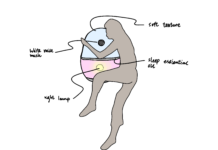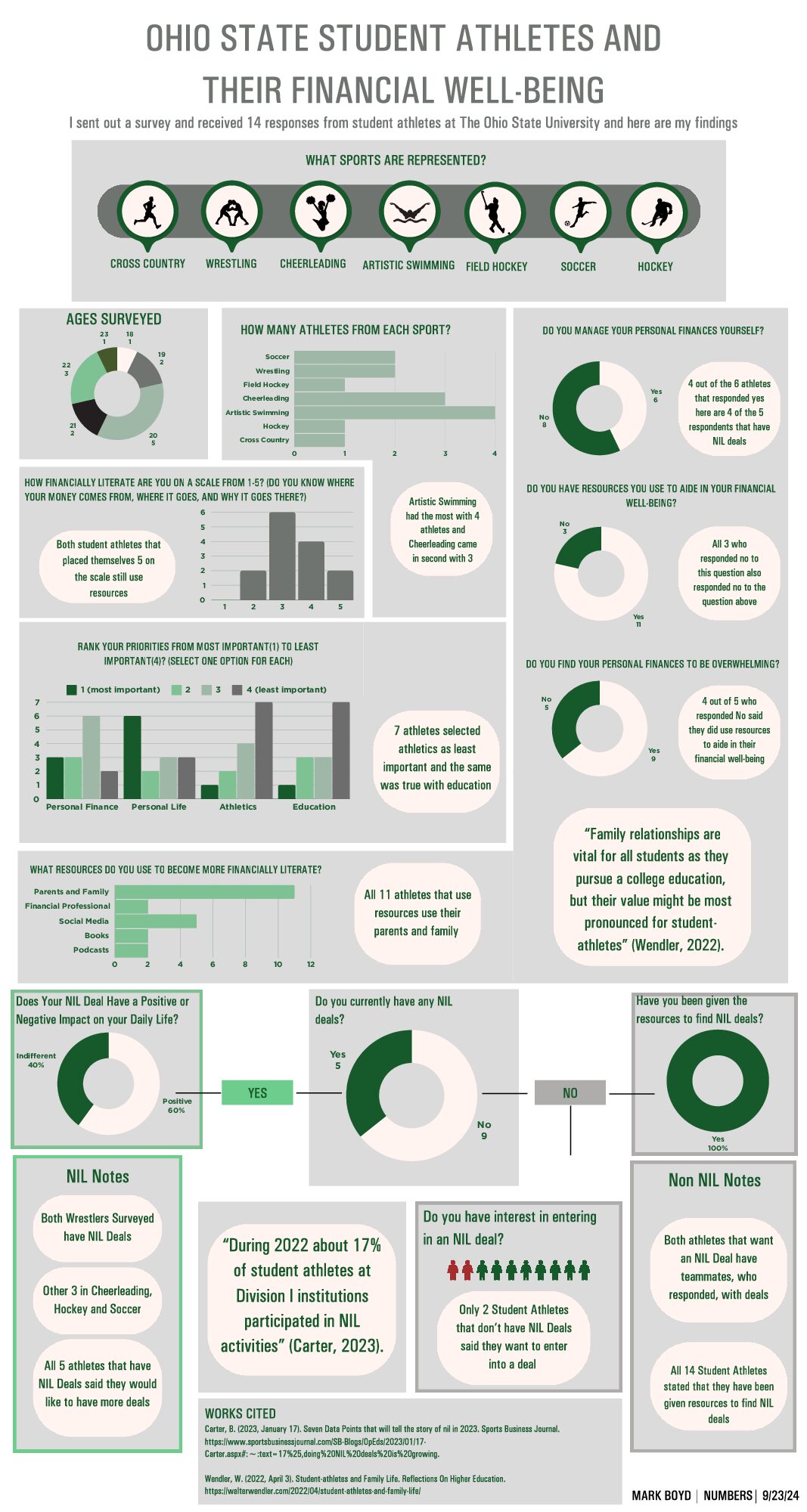Occasionally, a new way of organizing work leads to extraordinary improvements. In this article I’ll explore a variety of human tendencies that get in the way of innovation and describe how design thinking’s tools and clear process steps help teams break free of them.
The Challenges of Innovation
To be successful, an innovation process must deliver three things: superior solutions, lower risks and costs of change, and employee buy-in.
Superior solutions.
Defining problems in obvious, conventional ways, not surprisingly, often leads to obvious, conventional solutions. Asking a more interesting question can help teams discover more-original ideas.
Lower risks and costs.
Uncertainty is unavoidable in innovation. That’s why innovators often build a portfolio of options. The trade-off is that too many ideas dilute focus and resources.
Employee buy-in.
An innovation won’t succeed unless a company’s employees get behind it. The surest route to winning their support is to involve them in the process of generating ideas. The danger is that the involvement of many people with different perspectives will create chaos and incoherence.
The Beauty of Structure
Experienced designers often complain that design thinking is too structured and linear. Structure and linearity help managers try and adjust to these new behaviors.
Organized processes keep people on track and curb the tendency to spend too long exploring a problem or to impatiently skip ahead. They also instill confidence. Most humans are driven by a fear of mistakes, so they focus more on preventing errors than on seizing opportunities. They opt for inaction rather than action when a choice risks failure.
Customer Discovery
Adapted from the fields of ethnography and sociology, these methods concentrate on examining what makes for a meaningful customer journey rather than on the collection and analysis of data. This exploration entails three sets of activities:
Immersion.
Design thinking takes a different approach: Identify hidden needs by having the innovator live the customer’s experience.
Sense making.
Immersion in user experiences provides raw material for deeper insights. But finding patterns and making sense of the mass of qualitative data collected is a daunting challenge.
One of the most effective ways to make sense of the knowledge generated by immersion is a design-thinking exercise called the Gallery Walk. In it the core innovation team selects the most important data gathered during the discovery process and writes it down on large posters. The posters are hung around a room, and key stakeholders are invited to tour this gallery and write down on Post-it notes the bits of data they consider essential to new designs. The stakeholders then form small teams, and in a carefully orchestrated process, their Post-it observations are shared, combined, and sorted by theme into clusters that the group mines for
Alignment.
The final stage in the discovery process is a series of workshops and seminar discussions that ask in some form the question, If anything were possible, what job would the design do well?
Idea Generation
Once they understand customers’ needs, innovators move on to identify and winnow down specific solutions that conform to the criteria they’ve identified.
Emergence.
The first step here is to set up a dialogue about potential solutions, carefully planning who will participate, what challenge they will be given, and how the conversation will be structured. After using the design criteria to do some individual brainstorming, participants gather to share ideas and build on them creatively—as opposed to simply negotiating compromises when differences arise.
Articulation.
Typically, emergence activities generate a number of competing ideas, more or less attractive and more or less feasible. In the next step, articulation, innovators surface and question their implicit assumptions. In contrast, design thinking frames the discussion as an inquiry into what would have to be true about the world for an idea to be feasible.
The Testing Experience
Pre-experience.
Neuroscience research indicates that helping people “pre-experience” something novel—or to put it another way, imagine it incredibly vividly—results in more-accurate assessments of the novelty’s value. That’s why design thinking calls for the creation of basic, low-cost artifacts that will capture the essential features of the proposed user experience.
Learning in action.
Real-world experiments are an essential way to assess new ideas and identify the changes needed to make them workable. But such tests offer another, less obvious kind of value: They help reduce employees’ and customers’ quite normal fear of change.
CONCLUSION
As we have seen, the structure of design thinking creates a natural flow from research to rollout. Immersion in the customer experience produces data, which is transformed into insights, which help teams agree on design criteria they use to brainstorm solutions. By involving customers and other stakeholders in the definition of the problem and the development of solutions, design thinking garners a broad commitment to change. And by supplying a structure to the innovation process, design thinking helps innovators collaborate and agree on what is essential to the outcome at every phase. It does this not only by overcoming workplace politics but by shaping the experiences of the innovators, and of their key stakeholders and implementers, at every step. That is social technology at work.
Reflexive Analysis
Got a little carried away with this one.
Being a designer is a constant balancing act of a slew of systems all bombarding you at once. It can be scary, and when humans get scared we freeze. This inaction will be our downfall, and subscribing to the same old methods of business thinking is an unnecessarily dangerous endeavor we should avoid.
Design thinking gets a lot of flak sometimes, and I believe that happens not because the thinker views the process as strange or not worthy of their time, but because of the fear of change and the difficult process of accepting that your old ways of thinking can no longer keep up. How can we begin convincing people these newer methods work? What is necessary to offer stakeholders when we are trying to break new ground? Can design thinking evr become oppressive and outdated in itself?
Liedtka, Jeanne. "Why Design Thinking Works." Harvard Business Review, Harvard Business Publishing, Sept. 2018, hbr.org/2018/09/why-design-thinking-works. Accessed 23 Sept. 2022.




